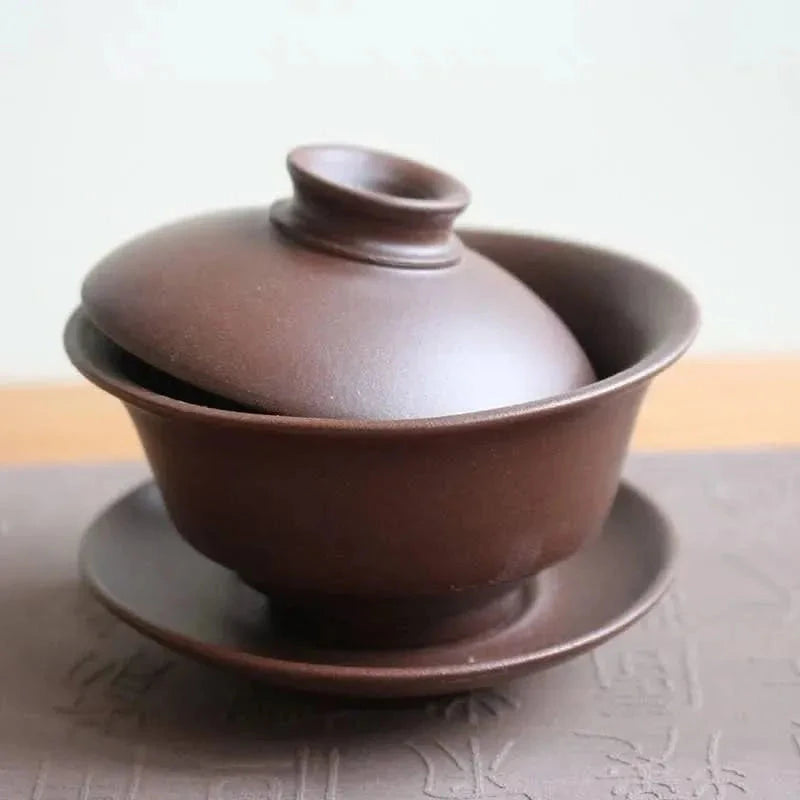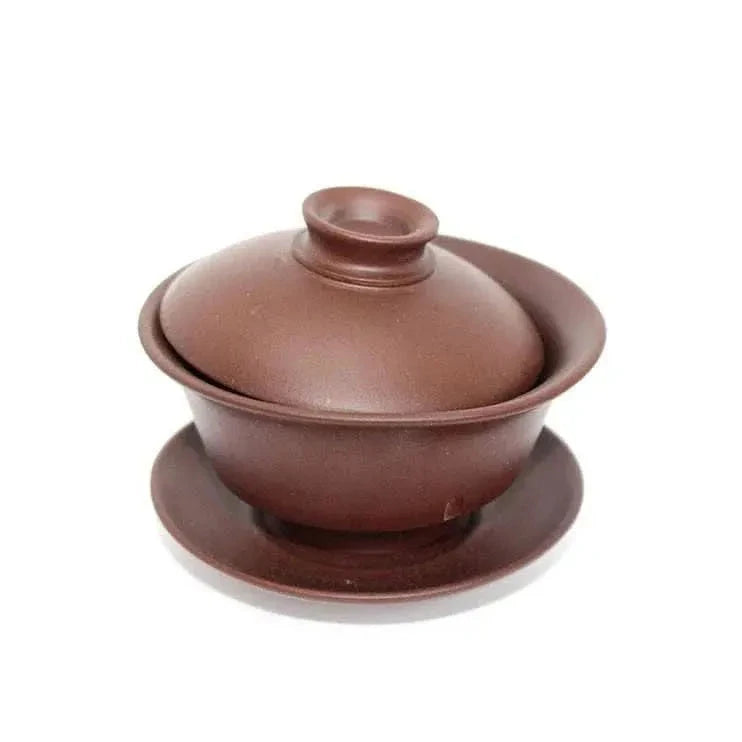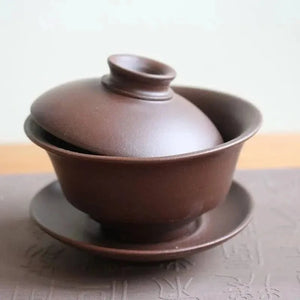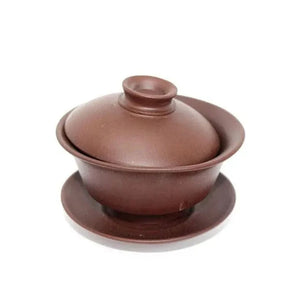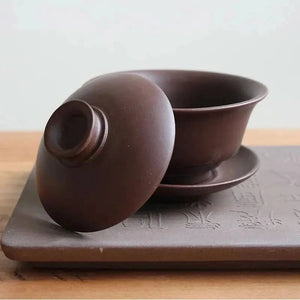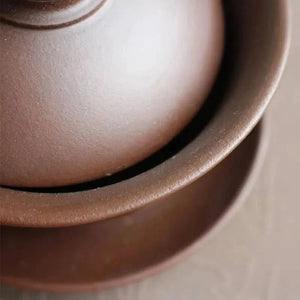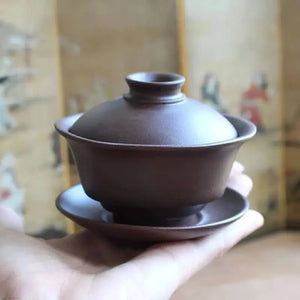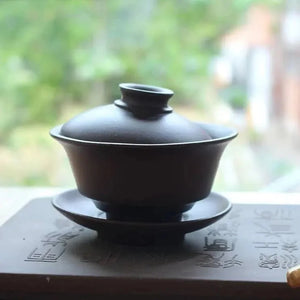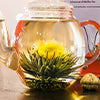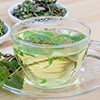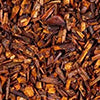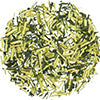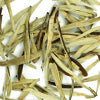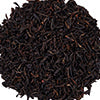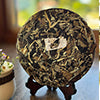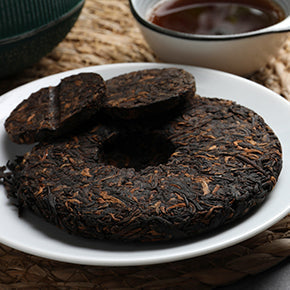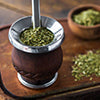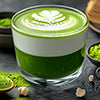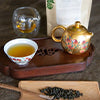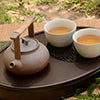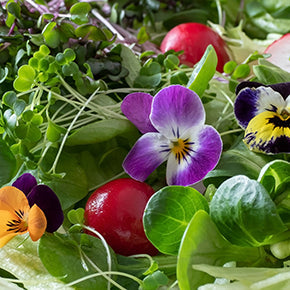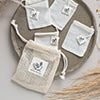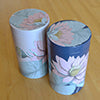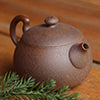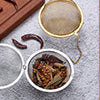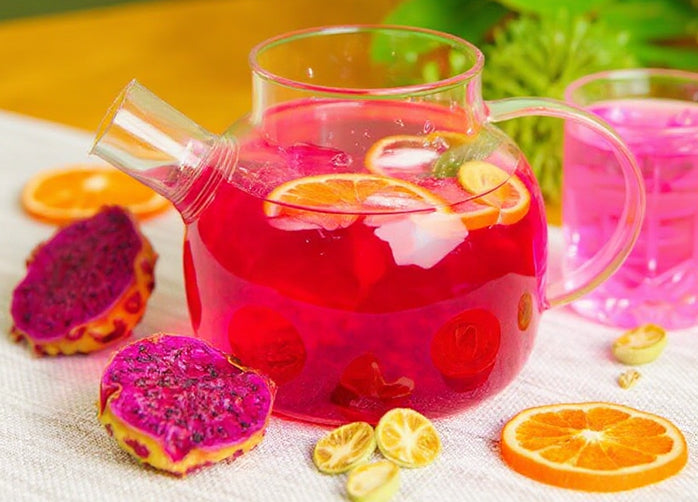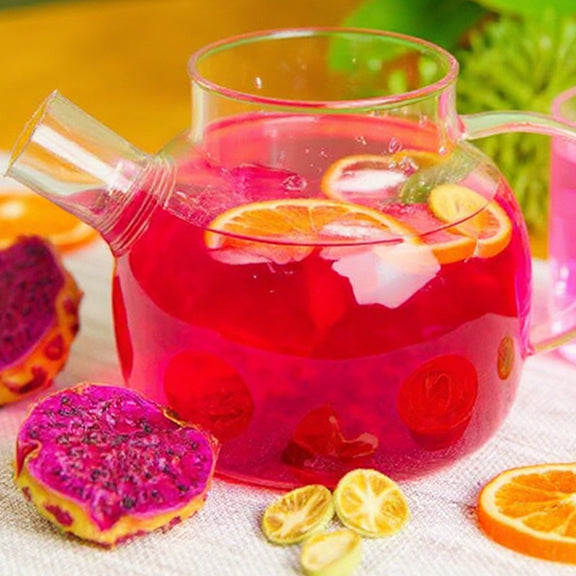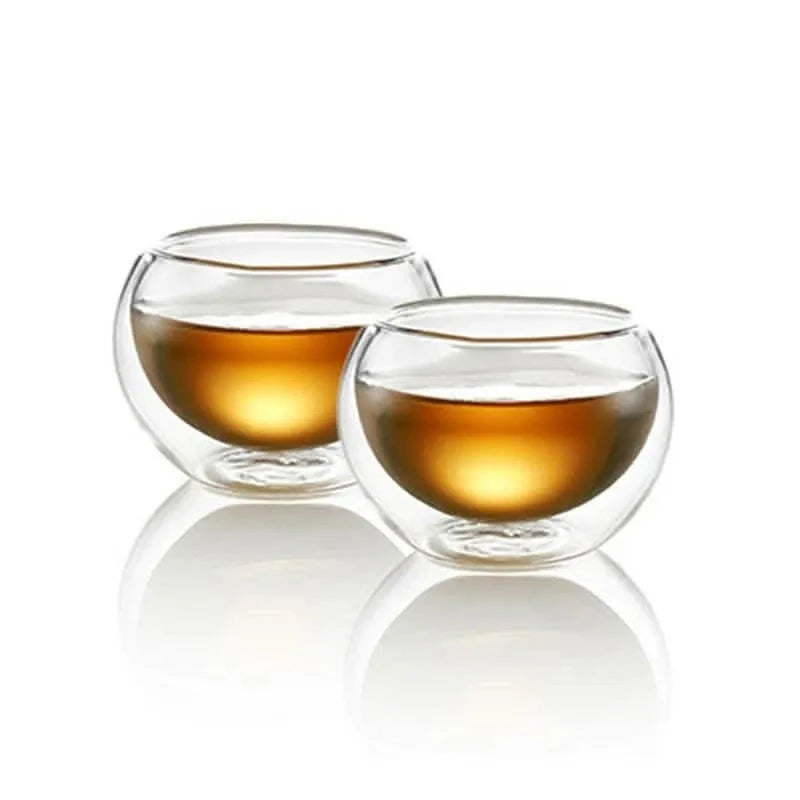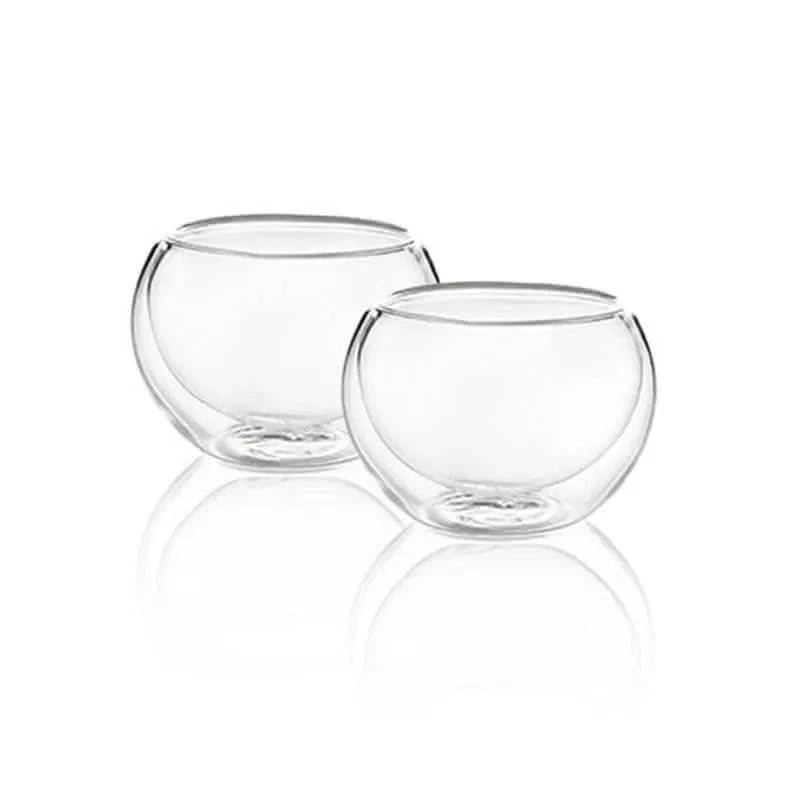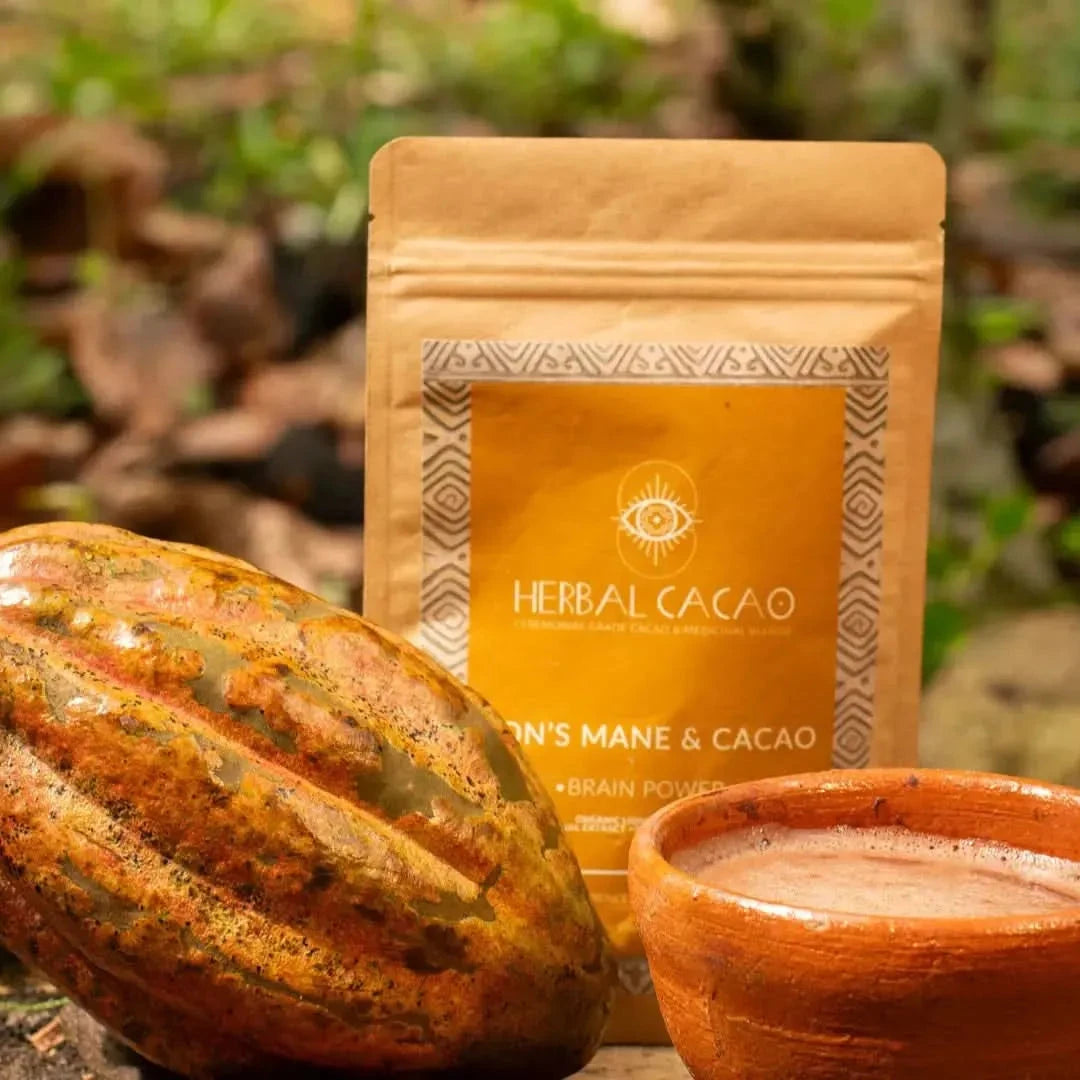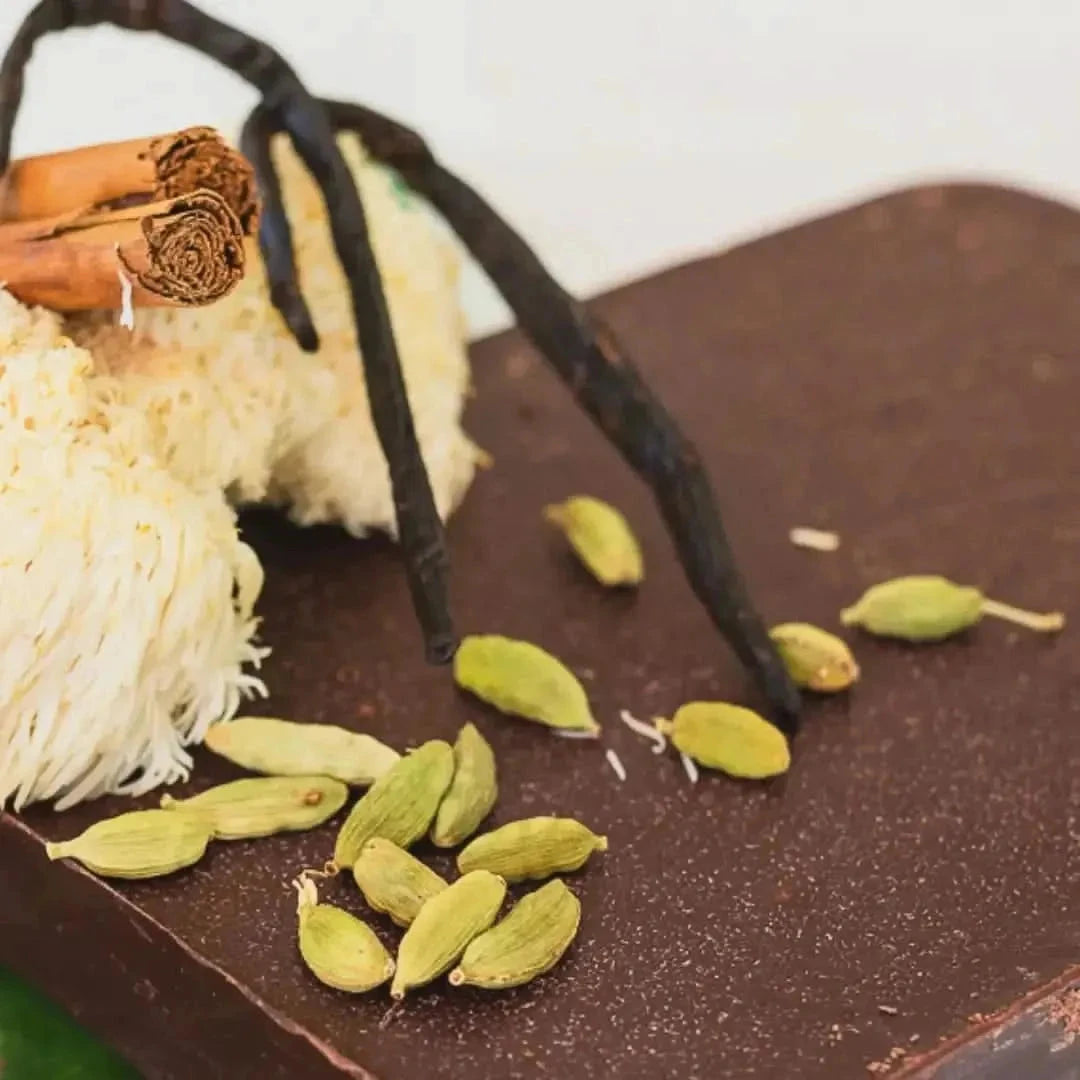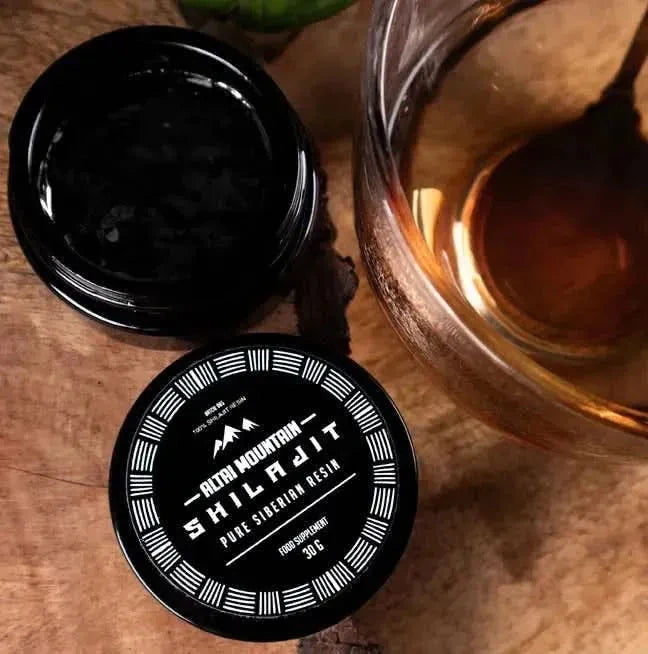Teacup Traditional Yixing Clay - 110ml Chinese Gaiwan
Artisanal Yixing Clay: Premium Chinese Tea Brewing Vessel
This 110ml Traditional Yixing clay gaiwan, crafted from prized Zi Ni clay from Jiangsu Province, features a perfectly balanced bowl, lid, and saucer design. The distinctive purple-brown clay, rich in iron oxide, creates a textured surface that enhances brewing properties. The natural porosity allows the vessel to interact with tea, developing a seasoned patina that deepens flavor complexity. Ideal for black teas, oolongs, and aged pu-erh, this vessel elevates every brewing session through its mineral-rich composition and traditional craftsmanship.
Guarantee Safe Checkout
Optimal Usage & Care Instructions
For best results:
- Season vessel with one type of tea exclusively
- Use water at 85-95°C for dark teas
- Rinse with hot water only - never use soap
- Store in dry conditions between uses
- Allow natural patina development
Material Composition & Properties
Crafted from authentic Zi Ni clay containing:
- Kaolin - Primary clay mineral
- Quartz - Structural stability
- Mica - Heat retention properties
- Iron oxide - Distinctive coloring
The unglazed surface features microscopic pores that absorb tea oils and enhance brewing characteristics over time.
Brewing Enhancement & Tea Experience
The gaiwan's unique properties offer multiple advantages:
- Enhanced flavor development through clay-tea interaction
- Superior heat retention for optimal extraction
- Progressive seasoning that improves over time
- Excellent pour control for precise brewing
- Natural mineral infusion enhancing tea complexity
- Optimal air circulation during steeping
- Versatile brewing capability for multiple tea types
Cultural Heritage & Historical Significance
Originating in the Tang Dynasty (618-907 AD), the gaiwan evolved from simple ceramic bowls to become a sophisticated brewing vessel. During the Song Dynasty (960-1279 AD), it gained prominence among scholars and tea masters. The use of Yixing clay specifically dates to the Ming Dynasty, where it became prized for its unique properties and connection to Chinese tea culture. Imperial courts used similar vessels to demonstrate respect for tea traditions and agricultural heritage.

